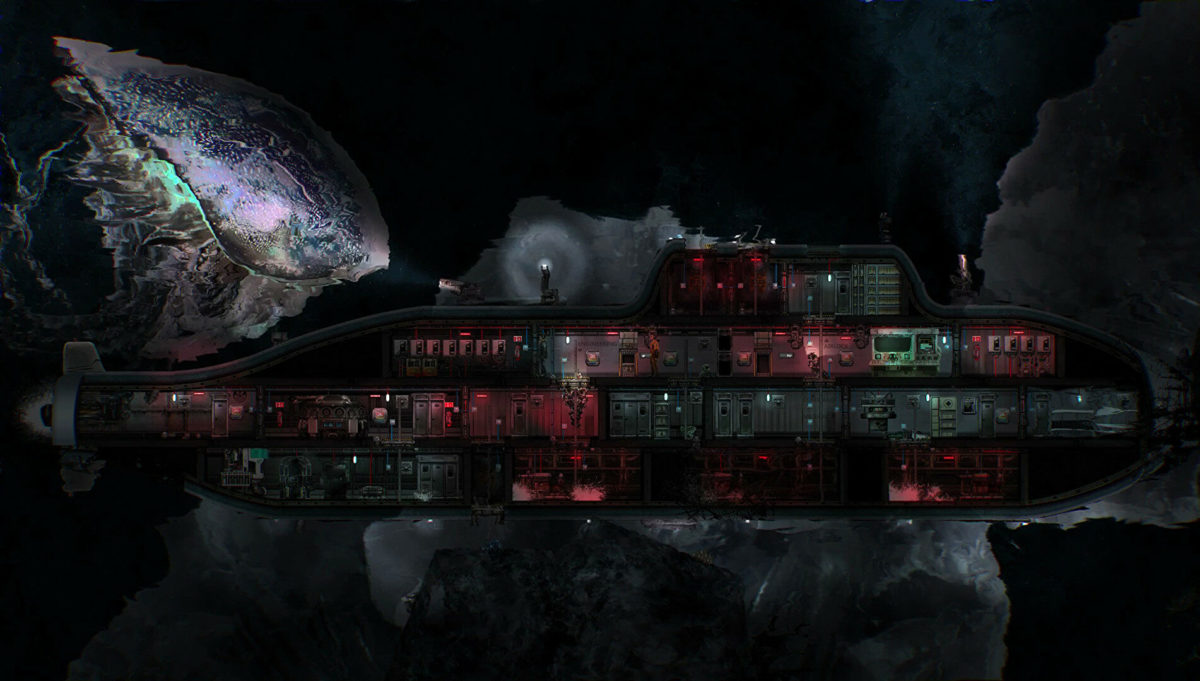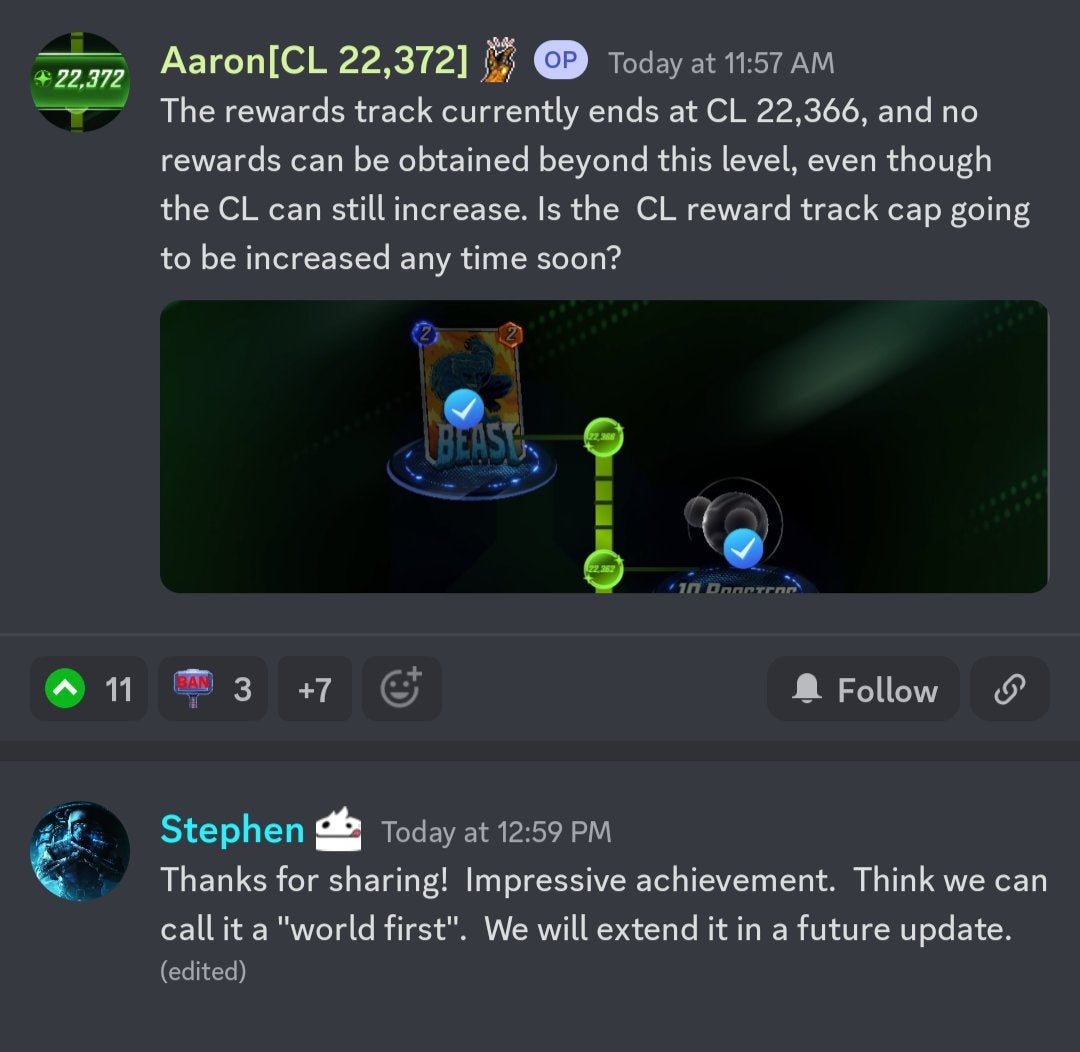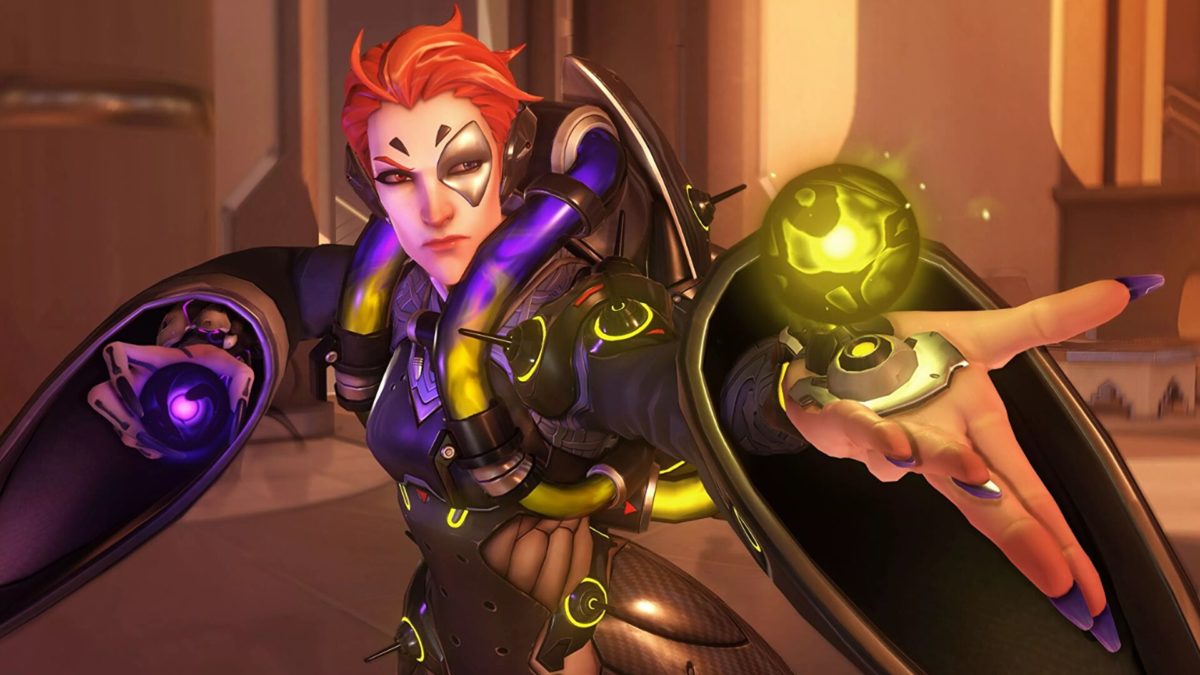Since late 2021, I’ve been tinkering away at a little column here on IGN.com highlighting indie games I thought were neat. It’s been running quietly away on Saturday afternoons, throwing spotlights on little games and developers that weren’t otherwise getting a lot of attention from mainstream gaming sites like ours.
I’m proud of that coverage up to today, but today I’m extra proud, because my quiet year-plus efforts are about to get much, much louder. My little column today joins a much larger IGN initiative to bring editorial columns of all varieties into the spotlight. Which means I get to take a moment to wax poetic about what my corner of this initiative is actually all about.
Indie game coverage is always a tricky question to answer, especially on sites like this one. With a large audience that rightfully expects us to cover all the biggest beats across games and entertainment every day, combined with the massive size of both industries, it’s inevitable that the vast majority of our resources go toward writing about things people already know they’re interested in. I’m talking about the Marvels, the big PlayStation exclusives, the prestige TV shows, the Marios. Our audiences desperately want to read about those things, we love to write about them, and there are only so many hours in the day to write, so write about them we do.
My goal is to shed a little light on the brilliant games inhabiting the spaces between the Marios and the MarvelsAnd yet, the unfortunate inevitability of this is that it often leaves out the truly massive body of work being done by smaller, lesser-known or even unknown creators who don’t have the IP, the budget, the thousand-person studios, or the names to already be known by a mainstream audience. Sure, occasionally an indie surprise garners a large enough community to hit the mainstream (see Stardew Valley, or Vampire Survivors), but those occasions are very, very rare. And yet, every single day, countless innovative, beautiful, moving, strange, clever, and fascinating games are being made that you will never hear about. Many of them are breaking game design, art, music, and conceptual ground that we never see touched in AAA due to fears of missing sales targets. Some are filling gaps in genres that mainstream gaming has forgotten entirely. And others are made by developers who overcame immense obstacles to chase their dream of making video games.
I firmly believe those games are also worth knowing about – not just in passing as part of a showcase or a quick tweet, but with joyful, curious depth and attention. And I think IGN has an important role to play in surfacing them.
So this is Hidden Treasures, a column where every month I’ll introduce you to a small game made by a small team that isn’t otherwise being covered extensively on IGN. I’ll use this space to tell you about my early impressions of it (at least the first few hours, if not more) and chat with its developers about who they are, what they’re making, why they’re making it, and why you should care. My goal isn’t to surface to you only 10/10 perfect indie gems, or the next Stardew Valley. It’s to shed a little light on the brilliant games inhabiting the spaces between the Marios and the Marvels, and celebrate the corners of this creative industry that don’t always get time in the sun.
I hope you’ll end up inspired by this column to at least check a few of them out, or if not, to go hunt for some hidden treasures of your own.
(And you can catch up on all previous Hidden Treasures columns, including from before this column had a name, right here.)
With that out of the way, I’d like to formally kick things off by telling you that I spent at least an hour last night ugly crying my way through the end of A Space for the Unbound – a gorgeous pixel art slice-of-life game that’s consumed my evenings for the last several days.
A Space for the Unbound follows a young man named Atma, who’s on the cusp of adulthood in late ’90s rural Indonesia. In a story structure that gives off massive Your Name and Weathering With You vibes, Atma and his girlfriend Raya are balancing big discussions of their future and completion of a wholesome bucket list with mutual discovery of strange, magical powers. Raya has some kind of matter manipulation thing going on, and Atma can “spacedive” into the hearts of people he meets and help them resolve their internal dilemmas.
Part of the way A Space for the Unbound lets its mystery pleasantly simmer in the backdrop is through its cheerful portrayal of ’90s Indonesia and Atma’s role in it as a young man. Between adventures with Raya, he’s exploring the town: collecting bottle caps, naming and petting every cat he sees, playing games at the arcade, helping local townspeople with their problems, or fending off school bullies. The various vignettes between major story beats offer a loving glimpse into Indonesia in the ’90s and the relatably mundane problems of ordinary people. As someone who has extremely little experience with this setting, I loved the mix of unfamiliar culture and familiar humanity.
A Space for the Unbound is clearly a very personal glimpse into a setting and time period close to game director Dimas Novan D.’s heart. He tells me in an email interview that his idea for the game came from the concept of Seichijunrei, or an “anime pilgrimage,” where you compare real-life locations with an anime counterpart. Through this idea, Dimas began to discover much of the anime he was familiar with referenced real-life locations ranging from iconic buildings or landmarks to common rural neighborhoods. He wanted to do the same, but for places he lived in during a time period that was personally sentimental to him and the development team.
Dimas began work on the game back in 2015 with a team of just two to three people within Surabaya-based Mojiken Studio. For much of that time, Mojiken was making and releasing a number of other games, including She and the Light Bearer and When the Past Was Around. But around 2020, with When the Past Was Around released, the studio was able to dedicate everyone at the studio (around 12-14 people) to Dimas’ project. But Dimas admits the first few years were “probably the hardest” for him personally.
“I [had] to juggle between work and trying to find ASFTU’s game direction,” he recalls. “The very basic concept of the story has already been finished since the ASFTU prototype in 2015, but making it a more substantial experience in a video game format was a heavy task. As somebody who is relatively very new in the game development field, I had a hard time deciding what kind of mechanic was suitable for the full game. If we talk about games, it has to have some kind of entertainment and interactivity aspect so that the player can have a great time with it and immerse themselves in the game.
“Plus the core message of the game is something that can not be said right after the very first part of the game. We have to slowly make the overall experience entertaining and compelling so people are willing to understand the message we want to deliver, especially the story. We made some prototypes, some elements worked and some elements didn’t. But in 2019, we were really glad that we finally found the right formula for the game, and in 2020, the demo was released to very positive reception.”
Along with his desire to depict a place and time close to his heart, Dimas hopes those who play A Space for the Unbound keenly feel the passage of time in Loka Town as they play. He tells me he was also inspired by another Japanese concept: Mono no aware, or “the pathos of things.” He describes it as an appreciation for or awareness of impermanence and the passage of time.
The most important thing for us is that it makes us feel at home as Indonesians, making it feel like our own growing-up time.“We picked that theme because we grow older and want to reminisce about the past, those happy times, those difficult times, those growing up times,” Dimas says. “Every generation has its own memories and ASFTU is our memories and we want to preserve that before we completely forget about it. The most important thing for us is that it makes us feel at home as Indonesians, making it feel like our own growing-up time.”
While A Space for the Unbound is certainly about all these things – nostalgia, growing up, being aware of the passage of time as two young people enter a new chapter of their lives – there’s something else going on here that I don’t want to spoil, but that I want to urge you to play and uncover. The good news here is that you don’t have to play A Space for the Unbound long to be hooked on doing that detective work. Very early on, A Space for the Unbound has an overpowering sense of underlying mystery, even when you’re not exactly sure what the mystery is. Part of that comes from the prologue – a dream-like sequence featuring a young girl named Nirmala who’s friends with Atma but doesn’t seem to exist anywhere in his day-to-day life. Or maybe it’s the strange relationship Atma seems to have with everyone in town – he has memories of a favorite food stall, for instance, but not of another young woman in his class. By the end of chapter 2 I was ravenous to keep playing, just to figure out what on earth was going on in this town, because no easy theory seemed to make sense.
So no, I’m not going to spoil why I was blubbering into multiple handkerchiefs by A Space for the Unbound’s beautiful (emotionally and aesthetically) conclusion, but I desperately need to recommend the game as one of the fastest turnarounds from “Oh hey this looks neat” to “I MUST KEEP PLAYING THIS” I’ve ever experienced. If you’re at all keen on anime romances like Your Name, slice-of-life tales that take you to new places, emotional explorations of trauma or identity, or petting cats, give it a shot.
Rebekah Valentine is a news reporter for IGN. You can find her on Twitter @duckvalentine.


 American Truck Simulator hasn’t yet received its already-announced Oklahoma DLC, but work is underway on the state that will follow it: Kansas. You’ll find a reveal trailer filled with grassy fields and grain silos below.
American Truck Simulator hasn’t yet received its already-announced Oklahoma DLC, but work is underway on the state that will follow it: Kansas. You’ll find a reveal trailer filled with grassy fields and grain silos below.
 Battlefield 2042‘s update 3.2 will arrive next week, which is notable because it will revive Battlefield’s traditional class system. If you were one of the many players to be frustrated by 2042’s Specialists, then 3.2 is your chance to once again don the roles of Assault, Engineer, Recon and Support.
Battlefield 2042‘s update 3.2 will arrive next week, which is notable because it will revive Battlefield’s traditional class system. If you were one of the many players to be frustrated by 2042’s Specialists, then 3.2 is your chance to once again don the roles of Assault, Engineer, Recon and Support.
 Barotrauma is a co-op scifi submarine sim, which is a great thing to be. It’s been navigating the murky depths of early access for the past three years but is now prepping for a 1.0 this spring. Prepareations in this case mean “pre-patch” with “final fixes and changes” the development team wanted to make before the big release day comes, and a price increase in two weeks time.
Barotrauma is a co-op scifi submarine sim, which is a great thing to be. It’s been navigating the murky depths of early access for the past three years but is now prepping for a 1.0 this spring. Prepareations in this case mean “pre-patch” with “final fixes and changes” the development team wanted to make before the big release day comes, and a price increase in two weeks time.


 Overwatch 2 players haven’t been happy with the way its
Overwatch 2 players haven’t been happy with the way its